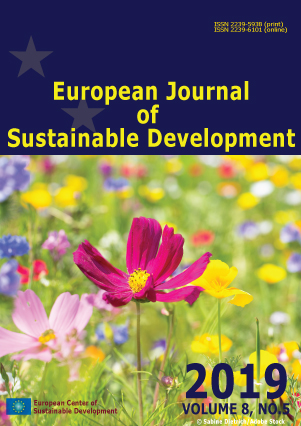European Multi-Level Governance
DOI:
https://doi.org/10.14207/ejsd.2019.v8n5p66Abstract
This paper represents an overview of the concept of multi-level governance and the approach delivered on innovation at European level with the purpose of helping and empowering researchers and businesses to thrive in a technologically advanced economy. The concept of multi-level governance derives from the analysis of the institutional framework for the development of Community policies and the Community political process. This stems from the presumption that the Community governance system has a high degree of differentiation and integration both vertically and horizontally. The multi-level governance model illustrates how certain competences of the national state are transferred to the supranational level or to the public or private sub-national authorities. Within this model, we can meet both supranational actors and actors at national, regional or local levels. This type of governance is characterized by the existence of a limited number of authorities, divided so as to be able to perform more functions, excluding their overlapping to exercise exclusively competences on delimited territories. Multi-level governance in innovation is characterized by a national transition as a unique place for the development and implementation of innovation policy, both at supranational and sub-national levels.
Keyword: multi-level governance, European Union, development, social cohesion, institutions





